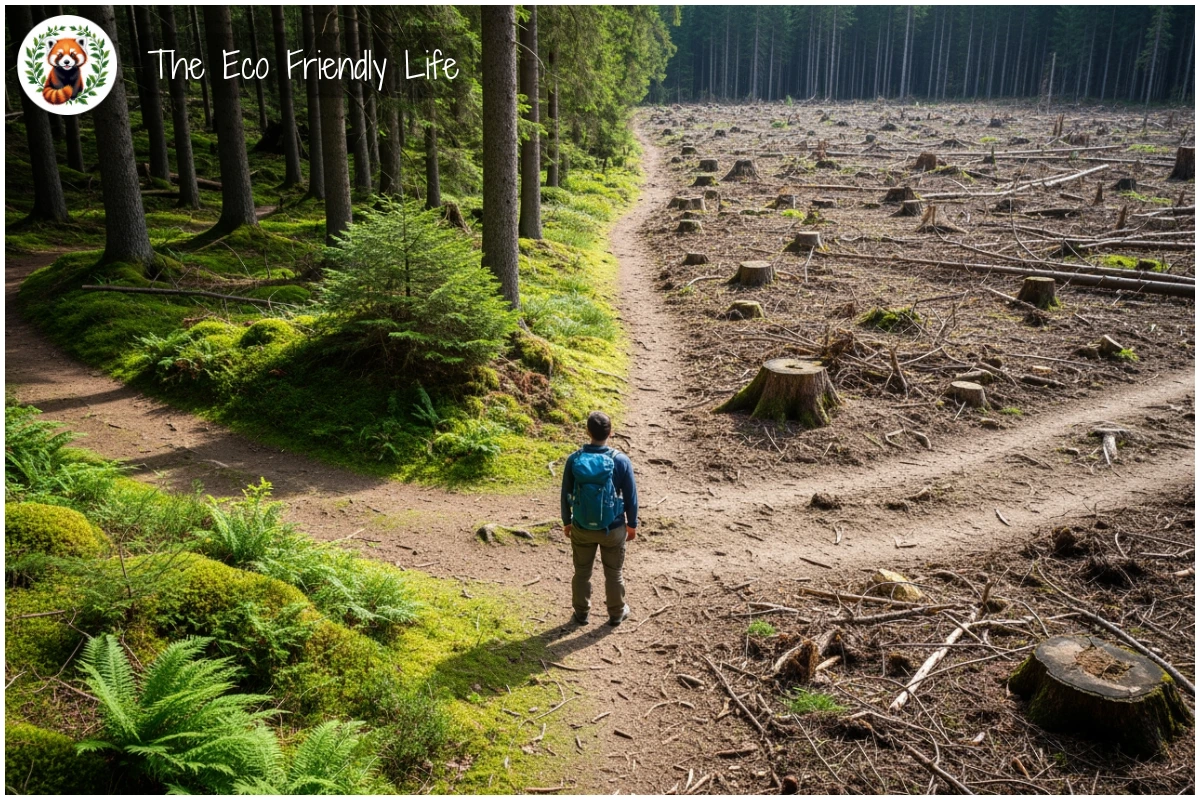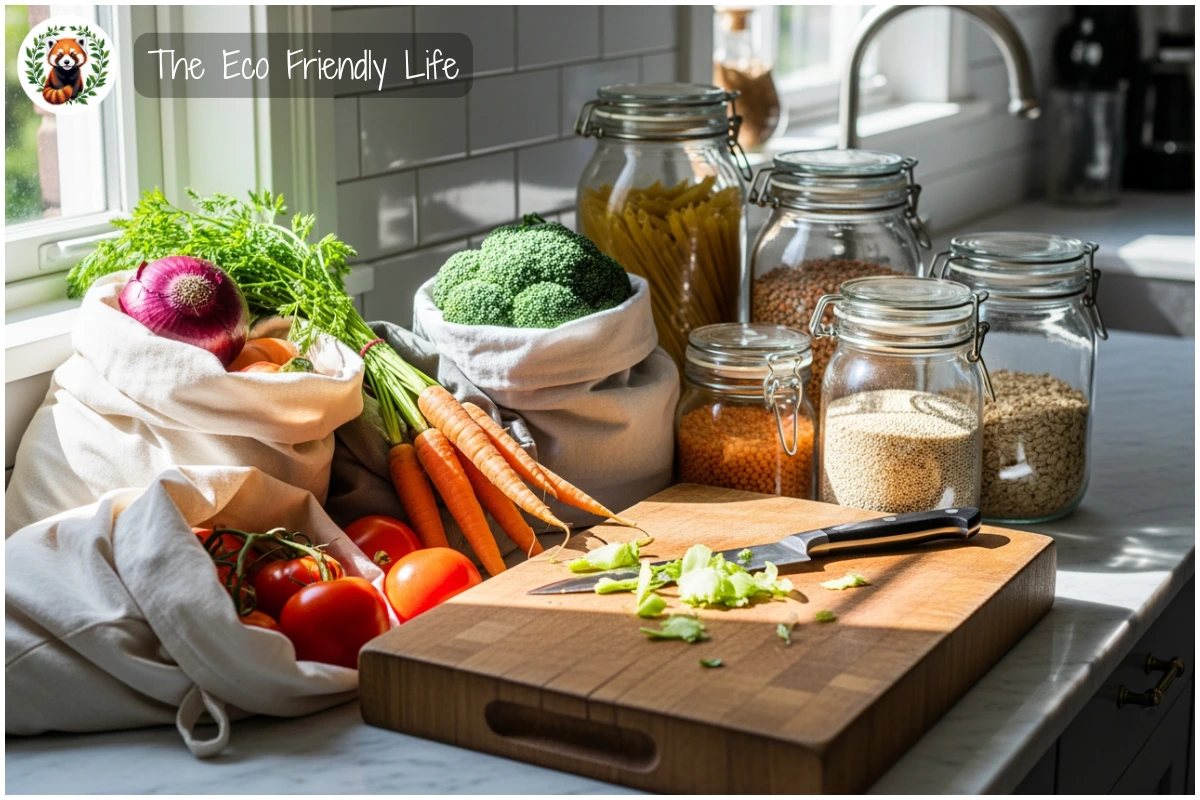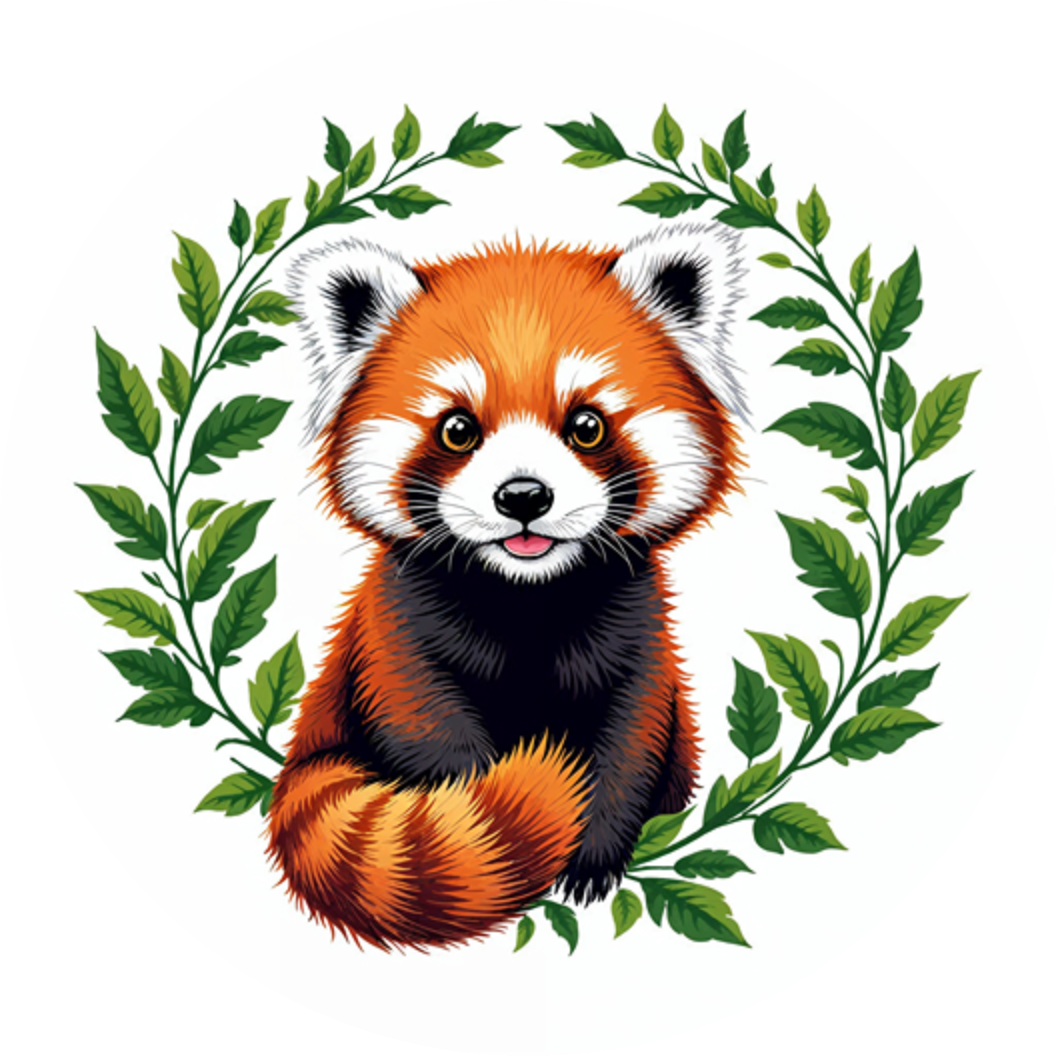Living a green lifestyle has moved from being a niche movement to a global necessity. As our planet faces unprecedented environmental challenges, from climate change to biodiversity loss, more people are asking themselves what they can do to make a difference. The answer lies not in grand gestures alone, but in the everyday choices we make—from the food we eat to the products we buy, the energy we use, and the waste we generate.
I’m Al, and I’ve spent years exploring how ordinary people can create extraordinary positive change through simple lifestyle shifts. Whether you’re just beginning your sustainability journey or looking to deepen your commitment to the planet, this article will help you understand what a green lifestyle truly means and, more importantly, how you can embrace it in practical, meaningful ways. Keep reading to discover how your daily actions can become a powerful force for environmental good, benefiting not just the Earth, but your health, your wallet, and your sense of purpose.
Understanding the Foundation of Green Living
What it really means: A green lifestyle is about making conscious choices that minimize your negative impact on the natural world. It’s about understanding that every purchase, every meal, every trip, and every item you discard creates ripples that extend far beyond your immediate surroundings. This approach recognizes that we are interconnected with natural systems and that our well-being ultimately depends on planetary health.
Beyond simple recycling: While many associate green living with recycling or using reusable bags, it encompasses far more. It’s a holistic approach that touches every aspect of daily life—how you heat your home, what you put on your plate, how you travel, and what you choose to buy or not buy. The concept draws from the understanding that individual actions, when multiplied across millions of households, have significant environmental effects that contribute to either degradation or restoration.
The personal carbon footprint: Each person’s lifestyle generates what’s known as a carbon footprint—the total amount of greenhouse gases produced directly and indirectly through daily activities. Household consumption contributes to 72% of global greenhouse gas emissions. The global average carbon footprint per person stands at approximately 4.86 tonnes per year, though this varies dramatically by country—with some developed nations producing nearly triple this amount.

The beauty of green living is that it’s not about perfection—it’s about progress. Small, consistent changes add up over time, creating a lifestyle that aligns with your values while protecting the resources that future generations will need. It’s a journey of learning, adapting, and continuously finding better ways to live in harmony with the natural world.
With this foundation established, let’s explore the core principles that provide a framework for making sustainable choices in every area of life.
The Core Principles That Guide Sustainable Living
Mindful consumption at the center: At the heart of green living lies mindful consumption—a deliberate approach to purchasing and using resources. This means pausing before each purchase to ask: “Do I truly need this? Where did it come from? What happens when I’m done with it?” This shift from impulsive buying to intentional decision-making forms the foundation of sustainable living.
The waste hierarchy: Green living follows a clear priority system for managing resources: refuse, reduce, reuse, repurpose, recycle, and only then dispose. The waste hierarchy places prevention at the top as the most preferred option, with disposal at the bottom as the least favorable. This framework helps guide decisions about everything from shopping to household management, ensuring that waste is minimized at every step.
Energy and resource conservation: Another fundamental principle involves conserving energy and water in daily activities. Simple actions like turning off lights, using energy-efficient appliances, and being mindful of water use can make a substantial difference. These practices reduce both environmental impact and household expenses, creating a win-win situation for people and planet.
Supporting circular systems: Green living embraces the circular economy concept, where products and materials circulate for as long as possible through reuse, repair, refurbishment, and recycling. This stands in stark contrast to the linear “take-make-waste” model that has dominated industrial society. By choosing products designed for longevity and participating in sharing and repair economies, you actively support systems that eliminate waste and regenerate natural resources.

These principles aren’t rigid rules but flexible guidelines that adapt to your circumstances, location, and resources. They provide a framework for making choices that consistently move in a more sustainable direction, even when perfect solutions aren’t available.
Understanding these guiding principles is essential, but the real transformation happens when we apply them to specific areas of our daily routines—from the kitchen to the commute.
Where Green Living Impacts Your Daily Choices
Food and eating habits: What ends up on your plate carries one of the largest environmental footprints of any daily decision. Vegan diets generate 75% less greenhouse gas emissions compared to meat-heavy diets. Even small shifts—like participating in “Meatless Monday” or choosing locally sourced seasonal produce—can significantly reduce your impact. Food choices also involve minimizing waste, as up to 40% of food is lost or wasted along the value chain globally.
Home energy use: Your home’s heating, cooling, and electricity consumption represent a major portion of your carbon footprint. Transitioning to renewable energy sources like solar panels can dramatically reduce emissions. Beyond renewable energy, improving insulation, using programmable thermostats, and choosing energy-efficient appliances all contribute to a greener home.
Transportation decisions: How you get from place to place matters enormously. Sustainable transportation options include walking, cycling, using public transit, carpooling, or switching to electric vehicles. Transportation accounts for a significant share of household emissions, making it a critical area for reducing your environmental impact.
Purchasing and possessions: Every product purchased has embedded environmental costs from manufacturing, packaging, shipping, and eventual disposal. Green living means buying less overall, choosing quality over quantity, selecting items made from sustainable materials, and supporting companies with ethical practices. It also means embracing sharing economies—borrowing, renting, or buying secondhand rather than always purchasing new.

These interconnected areas demonstrate that green living isn’t about a single change but rather a constellation of choices that collectively transform your environmental impact. Each person’s journey will look different based on circumstances, but the direction remains the same—toward reduced consumption and increased mindfulness.
Of course, making these changes is easier when you have access to products and retailers that share your commitment to sustainability—which brings us to some excellent resources that can support your green lifestyle journey.
Retailers That Support the Planet – Our Product Recommendations
Making sustainable choices becomes much easier when you have access to retailers committed to environmental responsibility. Here are two excellent options that align perfectly with the principles of green living and make it simple to reduce waste in your daily routine.
Our Retailer Recommendation for Adults
Grove Collaborative – Sustainable Home Essentials Made Simple
Grove Collaborative has revolutionized the way people think about household products by making sustainable living convenient and accessible. This certified B Corporation offers everything from natural cleaning supplies to personal care products, all vetted against strict ingredient and sustainability standards. Their flagship Grove Co. line features products housed in sustainable aluminum packaging, helping families transition away from single-use plastics. With carbon-neutral shipping and a commitment to being plastic neutral, Grove makes it simple to stock your home with eco-friendly alternatives that actually work—from concentrated cleaning solutions to bamboo paper products—all delivered right to your door.
Our Retailer Recommendation for Kids/Families
ECOlunchbox – Plastic-Free Meals for Families
When it comes to reducing waste at mealtime, ECOlunchbox leads the way with their thoughtfully designed stainless steel containers. Founded by investigative journalist Sandra Ann Harris, who researched the dangers of plastic for years, ECOlunchbox creates plastic-free, non-toxic lunch containers that are safe for both people and planet. Their stainless steel bento boxes and leak-proof containers eliminate the need for disposable bags, plastic wrap, and throwaway containers that families typically use for school lunches and work meals. By making this switch, families can divert pounds of lunchtime waste while saving money—proving that sustainable choices benefit both your wallet and the environment.
Both of these retailers demonstrate that green living doesn’t require sacrifice—it simply requires knowing where to find products that align with your values and make sustainable choices the easy choice.
While these resources help, it’s important to acknowledge that the path to sustainable living isn’t always smooth—so let’s examine the real obstacles many people face and how to navigate them effectively.
Understanding Common Challenges and How to Navigate Them
The cost barrier: One of the most frequently cited challenges to sustainable living is the perception that eco-friendly products and solutions cost more. While some sustainable options do carry higher upfront costs—like solar panels or energy-efficient appliances—they often provide significant long-term savings. The key is viewing these as investments rather than expenses. Energy-efficient appliances, for instance, can save substantial amounts annually in running costs, and these savings compound over the appliance’s lifetime.
Convenience versus sustainability: Modern life is built around convenience, and sustainable alternatives sometimes require more effort initially. Using reusable containers means washing them, bringing reusable bags means remembering them, and choosing sustainable transportation might mean longer travel times. However, these “inconveniences” often become second nature with practice. The trick is starting small—establish one new habit before adding another, allowing sustainable practices to integrate naturally into your routine.
Information overload and confusion: With so much conflicting information available, many people feel confused about what actions truly make a difference. Greenwashing—where companies make misleading environmental claims—adds to this confusion. The solution lies in focusing on well-established practices: reducing energy use, minimizing waste, eating more plants, and choosing durable goods. These foundational actions deliver genuine impact regardless of marketing claims or contradictory advice.

Recognizing that challenges exist doesn’t mean accepting defeat—it means approaching green living with realistic expectations and compassion for yourself. Progress, not perfection, is the goal.
Now that we’ve addressed the obstacles, let’s move beyond theory to concrete action with practical strategies you can implement starting today.
Practical Daily Tips You Can Action Today
Here are ten straightforward ways to bring green living principles into your everyday routine:
| Tip | How to Implement | How It Helps |
|---|---|---|
| Switch to LED lighting | Replace conventional bulbs with LED alternatives throughout your home | LEDs use 80-90% less energy than traditional incandescent bulbs and last up to 25 times longer |
| Start composting food scraps | Set up a simple compost bin or worm farm for fruit and vegetable waste | Diverts organic waste from landfills and creates nutrient-rich soil for gardens |
| Take shorter showers | Limit showers to 4 minutes using a timer or motivating playlist | A family of four can save thousands of liters of water annually |
| Carry reusable containers | Keep cloth bags, water bottles, and food containers in your car or bag | Eliminates single-use plastics and reduces waste from packaging |
| Unplug electronics when not in use | Turn off devices at the power point rather than leaving on standby | Eliminates phantom energy drain that accounts for up to 10% of household electricity |
| Choose seasonal local produce | Shop at farmers markets or join a community-supported agriculture program | Reduces transportation emissions and supports local food systems |
| Air dry laundry when possible | Use a clothesline or drying rack instead of an electric dryer | Saves significant energy while extending the life of your clothing |
| Repair rather than replace | Fix broken items or learn basic repair skills for common household goods | Reduces waste while saving money and building valuable skills |
| Switch to reusable coffee cups | Bring your own cup to cafes and request they fill it | Prevents thousands of disposable cups from entering landfills each year |
| Walk or cycle for short trips | Choose active transportation for journeys under 5 kilometers | Reduces emissions while improving fitness and mental health |
These actions represent starting points, not a complete list. Choose one or two to begin with, master them, and then gradually incorporate more as they become habitual.
You likely have questions at this point, so let’s address some of the most common queries.
FAQs
Is green living more expensive than conventional living?
Initially, some sustainable products cost more, but green living often saves money long-term through reduced energy bills, less waste, and fewer purchases. Many sustainable practices—like reducing consumption and repairing items—actually cost less than conventional alternatives.
Do individual actions really make a difference to climate change?
Yes. While systemic change is crucial, individual actions multiplied across millions of households create substantial impact. Household consumption accounts for approximately 72% of global emissions, making personal choices genuinely significant.
Can I live sustainably if I live in an apartment or rental property?
Absolutely. Green living adapts to any living situation through choices like reducing energy use, minimizing waste, choosing sustainable products, eating more plant-based foods, and using sustainable transportation—none of which require homeownership.
How do I know if a product is genuinely eco-friendly or just greenwashed?
Look for specific, verifiable claims rather than vague statements. Third-party certifications like B Corp, Fair Trade, or Energy Star provide reliable verification. Research companies’ actual practices beyond their marketing.
Organizations to Support – Our Recommendations
If you want to amplify your impact beyond personal actions, consider supporting these globally recognized organizations:
- World Wildlife Fund (WWF): Operating in over 100 countries since 1961, WWF protects endangered species and habitats while tackling climate change and biodiversity loss on a global scale. Your support helps fund essential conservation projects and research that protect vulnerable ecosystems and wildlife populations. Donate to WWF to support their critical work protecting nature worldwide.
- The Nature Conservancy: With more than 1,000 scientists on staff and conservation work spanning over 80 countries, The Nature Conservancy has protected more than 125 million acres of land and operates over 100 marine conservation projects globally. They work at the intersection of conservation science and practical solutions, creating safe havens for species while preserving vital ecosystems. Support their conservation efforts to fund protection and restoration projects that benefit both wildlife and human communities.
- Greenpeace: Since 1971, Greenpeace has employed peaceful campaigns and creative actions to address climate change, ocean pollution, and deforestation. Their 100% supporter-funded model ensures fierce independence, allowing them to campaign without corporate or government influence. Donate to Greenpeace to power their continued environmental activism and help drive policy changes that protect our planet.
These organizations translate individual support into large-scale environmental protection, policy change, and habitat restoration that no single person could achieve alone.
Resources and Further Reading
To deepen your understanding and continue your green living journey, explore these expert resources:
- Ellen MacArthur Foundation – Circular Economy: This leading organization provides comprehensive information about circular economy principles, including detailed guides on eliminating waste, circulating materials, and regenerating natural systems. Their research and case studies provide practical frameworks for both individuals and organizations seeking to understand how resources can be used regeneratively.
- United Nations – Sustainable Development Goals: The UN’s 17 Sustainable Development Goals provide authoritative information on global sustainability targets, including how individual choices connect to larger environmental and social objectives. Access official reports and guidance on implementing sustainable practices that address climate action, responsible consumption, and life on land and below water.
- EPA – Waste Hierarchy Resources: The Environmental Protection Agency provides detailed information about the waste hierarchy, explaining the order of preference for managing waste—from avoidance and reduction at the top to disposal as a last resort. Their resources offer practical guidance for households on implementing waste reduction strategies effectively.
These resources offer science-based information from trusted sources, helping you make informed decisions and understand the broader context of your sustainable living journey.
Our Related Articles

How To Transition To A Zero Waste Lifestyle
Every day, the average person generates waste that adds up to a staggering problem for our planet. With 353 million tonnes of plastic waste created…
Read More
How To Get Involved In Local Climate Action
The climate crisis often feels like a distant, insurmountable challenge played out on global stages among world leaders and massive corporations. However, the most tangible…
Read MoreConclusion
Living a green lifestyle isn’t about achieving perfection overnight—it’s about making conscious, consistent choices that align with planetary health and your own values. From the food on your plate to the energy powering your home, from the products you purchase to how you travel, every decision carries weight. The beauty lies in recognizing that small actions, when multiplied across communities and sustained over time, create transformative change.
You now have the knowledge, practical strategies, and resources to begin or deepen your green living journey. The path forward is yours to shape, adapting these principles to your unique circumstances while keeping the ultimate goal in sight: a thriving planet for current and future generations.
What aspect of green living resonates most with you, and what first step will you take this week? Share your thoughts and experiences in the comments below—your journey might inspire someone else to begin theirs.


